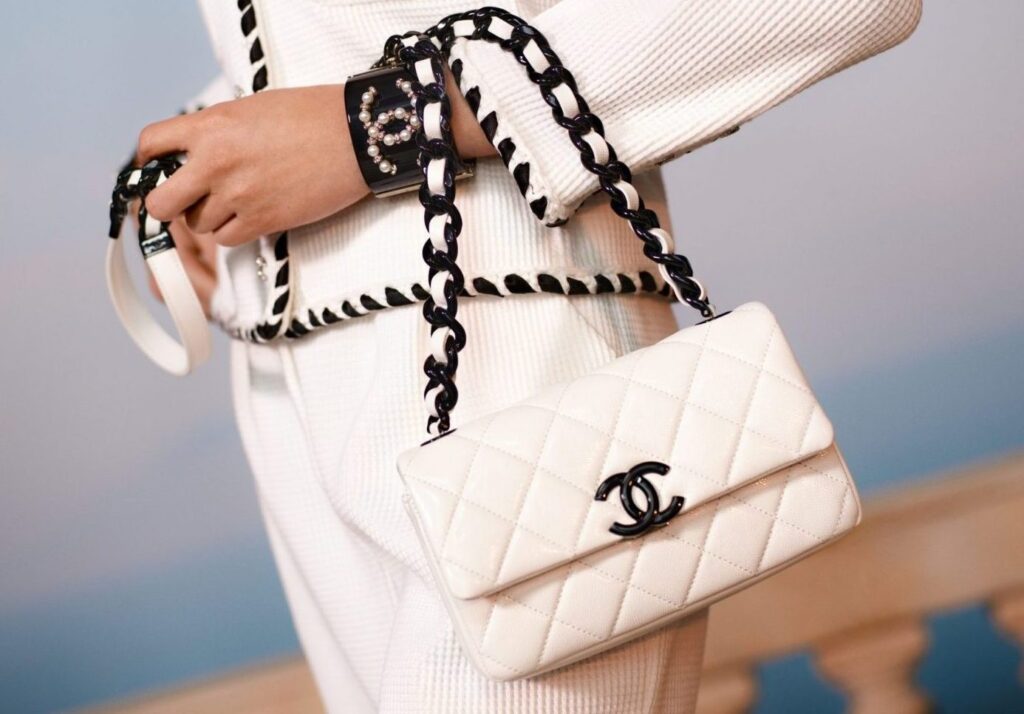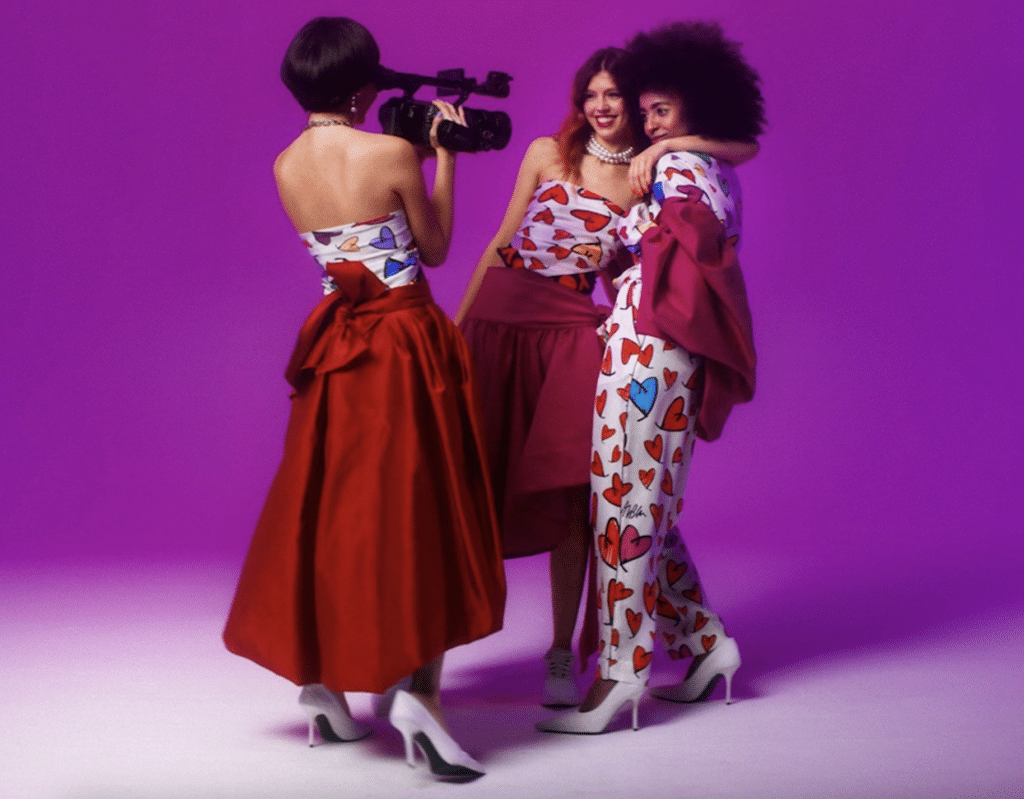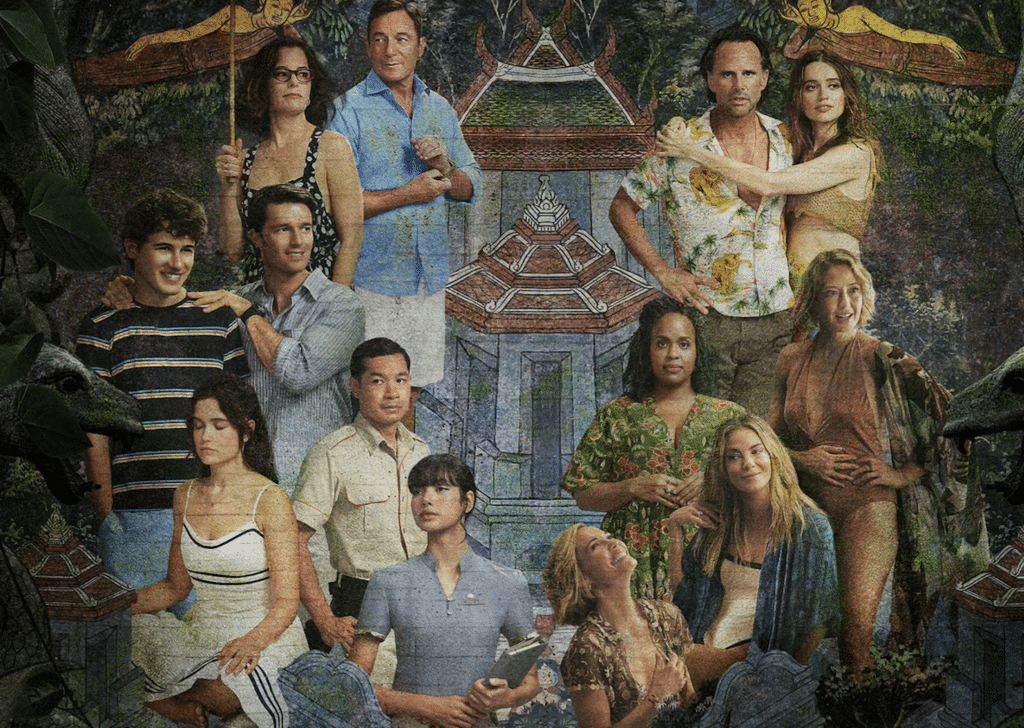Twitter has long been known for its blue bird. Created by artist Martin Grasser and two other designers and debuted on the social media site back in 2012, the well-known logo flew the coop this summer after Elon Musk acquired the San Francisco-based company and announced that the long-standing logo would be replaced with an “X.” After a series of Musk-driven blunders, the disappearance of the blue bird has been seen by some as the final straw in the erasure of Twitter as we know it, while also serving as a reminder that, despite the meaningful role many logos play in our cultural life, there is always someone behind the curtain, pulling the strings.
Amid the speculation as to why Musk decided to rebrand Twitter in the first place (and in the process, do away with anywhere from $4 billion to $20 billion in value that the Twitter brand had amassed), one thing is certain: the blue bird is gone. As this iconic logo disappeared from public life – along with “tweets,” the Twitter name, itself, and soon, the free-to-use model of the platform – at least some users were disappointed are left about the loss of a brand that had a hand in shaping the online social fabric for over a decade.
Our evolving relationship with brands
The bigger picture here is that the ways in which consumers relate to brands is evolving. Brands not only advertise on platforms like Instagram and TikTok, but they also have their own profiles, and it is not uncommon for their communications can go viral. Brands digitally appear alongside our friends, colleagues, and politicians, and we can text brands for customer service help on WhatsApp alongside family chat groups. In short: We now interact with brands in an increasingly emotional and relational way.
This is part of a larger trend of brands becoming anthropomorphized. Consumers relate to brands in ways that exceed the bounds of an economic, transactional relationship. And brands arouse emotions in us. Nostalgia is now the driving force behind reviving formerly popular brands, as companies “have realized that nostalgia marketing no longer makes you look old. It makes you look familiar,” Kyle Luke, group director of strategy and insights at VMLY&R, told AdAge. “In an attention-scarce world, nostalgia is a shortcut to being familiar in the minds of younger audiences.”
Our emotions are being leveraged by companies in deliberate and explicit ways. As consumers we understand the social capital and value of branding. Despite any feelings we have about Twitter’s former brand, this disappearance reminds us that a brand’s use — and existence — is ultimately outside our control. This is not to say our collective thoughts and feelings about logos do not matter at all. In fact, public pressure has been the driver in some companies rebranding and evolving their logos, particularly racist ones.
Brands as properties
Logos are trademarks, and as such, they are objects of private property, controlled, and owned by companies and/or individuals as assets. Although trademarks are one of the perceptible forms of a brand, logos only have value because we, as consumers, recognize them. We rely on trademarks in the market to decide what to buy, and what brands to trust. In our reliance on brands, and in forming communities around them, we contribute to their value. Yet, in many ways, in the trademark law landscape, we are tourists.
Trademarks constitute an essential aspect of a brand, and the value of today’s leading brands is in the billions. Amazon’s brand, for example, was estimated to be worth $705.65 billion in 2022. With such monetary values in mind and given that trademarks serve as one of the most immediate representations of brands, there is no doubt that they are wildly important to their owners. They are also meaningful to members of the public in various ways, sometimes forming the face of social movements or reflecting our identities, but the ways in which we can make use of trademarks without the trademark holder’s authorization can be quite limited. Using someone else’s trademark without their permission infringes their rights to their logo. While there are exceptions to this protection, such as when a trademark is being used in furtherance of a parody, they are relatively narrow.
Policing unauthorized uses of their logos (and other trademarks) is an important duty that falls on trademark holders; hence, the recurring infringement and dilution lawsuits that brand owners wage. However, there is a balance to be struck since over-enforcement can stand in the way of companies’ appreciating the social roles that trademarks have, and the roles consumers play in helping to develop the meaning behind such marks.
Alexandra Mogyoros is an Assistant Professor in law researching at the intersection of brands, trust, intellectual property and expression at Toronto Metropolitan University. (This article was initially published by The Conversation.)














